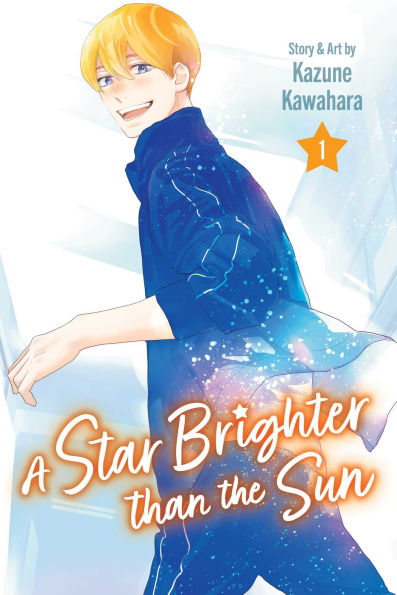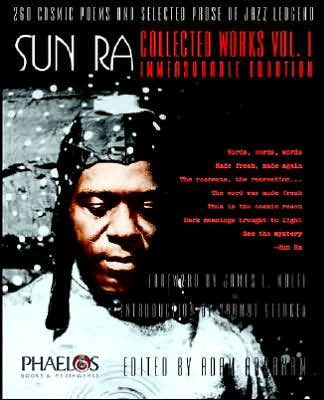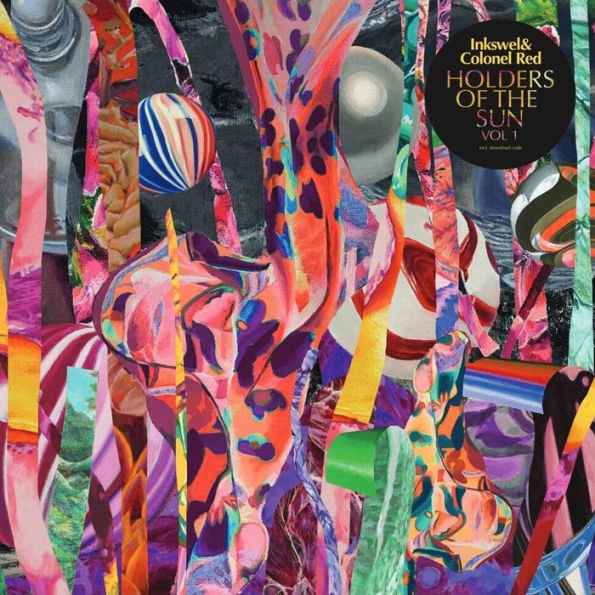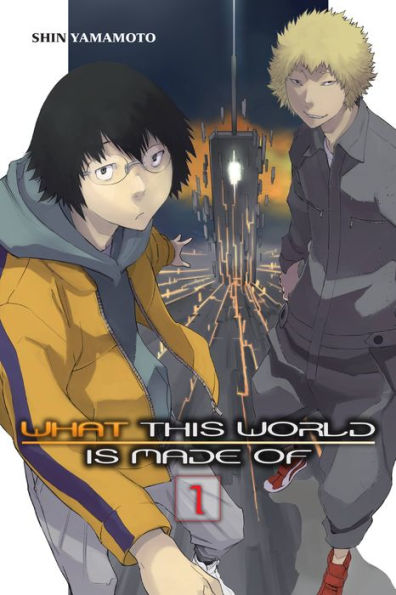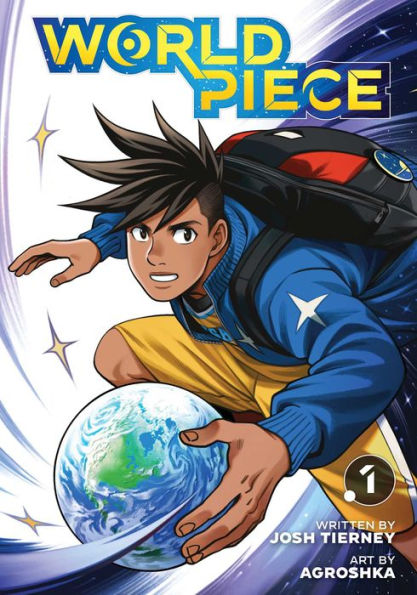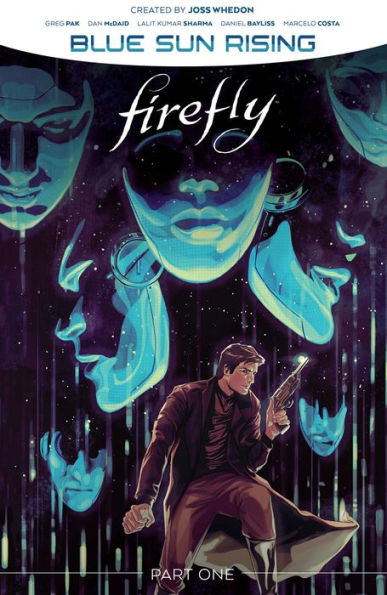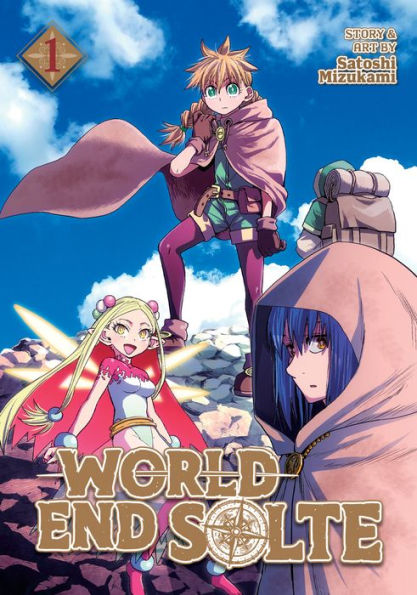Home
The Heliocentric Worlds of Sun Ra, Vol. 1
Barnes and Noble
Loading Inventory...
The Heliocentric Worlds of Sun Ra, Vol. 1 in Bloomington, MN
Current price: $29.99


The Heliocentric Worlds of Sun Ra, Vol. 1 in Bloomington, MN
Current price: $29.99
Loading Inventory...
Size: OS
Sun Ra
's pivotal recording
Heliocentric Worlds, Vol. I
is one of those efforts that any fan of challenging improvised music should own. Done in the spring of 1965, it parallels many of the more important statements of the time, like
John Coltrane
's movement toward unabashed free jazz, the developed music of
Ornette Coleman
, emerging figures like
Archie Shepp
,
Pharoah Sanders
, and a fully flowered
Albert Ayler
. The
Solar Arkestra
was a solid 11-piece group, with hefty contributions by saxophonists
Marshall Allen
John Gilmore
Pat Patrick
Danny Davis
, and
Robert Cummings
, lone trumpeter
Chris Capers
, trombonists
Teddy Nance
and
Bernard Pettaway
, and the exceptional bassist
Ronnie Boykins
, playing strictly instrumental music, with no chants or vocal space stories. What is most intruguing about this
Ra
band is that the leader plays very little acoustic piano, choosing to focus his attention primarily on the bass marimba, and to a lesser extent an electrically amplified celeste. It's the prelude of his move to a raw but technologically driven sound as the synthesizer would come into his arsenal of instruments shortly after this. There's the deep blues of
"Heliocentric,"
low key until lion-roaring horns enter, but the rip-snorting attitude of
"Outer Nothingness"
changes the tone, as multiple layers of improvisation build only to a mezzo forte level, with a collective percussion solo and the deeply hued, resonant, wooden bass marimba as played by the leader.
returns to his plucky sounding acoustic piano for the improvised
"Other Worlds,"
then moves to the shimmering celeste while
Boykins
leads the charge of the full ensemble with a scattershot, fiery, chaotic, mad free bop. Perhaps a track that most perfectly represents the democratic nature of the
Arkestra
"The Cosmos"
features many segments stitched together, whether it be the bowed bass of
stringing tied notes in seconds and thirds,
's galactic celeste, or bits and pieces of the horn section stepping up and out, with the final note struck by
Jimhmi Johnson
's royal tympani. An Egyptian, march-implied theme ruminates through
"Of Heavenly Things"
with the bass marimba and
Allen
's piccolo in the middle,
"Nebulae"
is a feature for the dense celeste of
played alone, and the conclusionary
"Dancing in the Sun"
is a two-minute burst of free bebop with
back at the piano. What makes this music so joyful and even organized is the way that individual voicings are able to both stand on their own, and work in context improvisationally. Though not quite the full-blown, magnum opus, operatic space drama the band would eventually conceive, the planted seeds from the huge tree of what they were about to accomplish are sown in this truly remarkable effort, still an event, and a turning point for early creative music. ~ Michael G. Nastos
's pivotal recording
Heliocentric Worlds, Vol. I
is one of those efforts that any fan of challenging improvised music should own. Done in the spring of 1965, it parallels many of the more important statements of the time, like
John Coltrane
's movement toward unabashed free jazz, the developed music of
Ornette Coleman
, emerging figures like
Archie Shepp
,
Pharoah Sanders
, and a fully flowered
Albert Ayler
. The
Solar Arkestra
was a solid 11-piece group, with hefty contributions by saxophonists
Marshall Allen
John Gilmore
Pat Patrick
Danny Davis
, and
Robert Cummings
, lone trumpeter
Chris Capers
, trombonists
Teddy Nance
and
Bernard Pettaway
, and the exceptional bassist
Ronnie Boykins
, playing strictly instrumental music, with no chants or vocal space stories. What is most intruguing about this
Ra
band is that the leader plays very little acoustic piano, choosing to focus his attention primarily on the bass marimba, and to a lesser extent an electrically amplified celeste. It's the prelude of his move to a raw but technologically driven sound as the synthesizer would come into his arsenal of instruments shortly after this. There's the deep blues of
"Heliocentric,"
low key until lion-roaring horns enter, but the rip-snorting attitude of
"Outer Nothingness"
changes the tone, as multiple layers of improvisation build only to a mezzo forte level, with a collective percussion solo and the deeply hued, resonant, wooden bass marimba as played by the leader.
returns to his plucky sounding acoustic piano for the improvised
"Other Worlds,"
then moves to the shimmering celeste while
Boykins
leads the charge of the full ensemble with a scattershot, fiery, chaotic, mad free bop. Perhaps a track that most perfectly represents the democratic nature of the
Arkestra
"The Cosmos"
features many segments stitched together, whether it be the bowed bass of
stringing tied notes in seconds and thirds,
's galactic celeste, or bits and pieces of the horn section stepping up and out, with the final note struck by
Jimhmi Johnson
's royal tympani. An Egyptian, march-implied theme ruminates through
"Of Heavenly Things"
with the bass marimba and
Allen
's piccolo in the middle,
"Nebulae"
is a feature for the dense celeste of
played alone, and the conclusionary
"Dancing in the Sun"
is a two-minute burst of free bebop with
back at the piano. What makes this music so joyful and even organized is the way that individual voicings are able to both stand on their own, and work in context improvisationally. Though not quite the full-blown, magnum opus, operatic space drama the band would eventually conceive, the planted seeds from the huge tree of what they were about to accomplish are sown in this truly remarkable effort, still an event, and a turning point for early creative music. ~ Michael G. Nastos
Sun Ra
's pivotal recording
Heliocentric Worlds, Vol. I
is one of those efforts that any fan of challenging improvised music should own. Done in the spring of 1965, it parallels many of the more important statements of the time, like
John Coltrane
's movement toward unabashed free jazz, the developed music of
Ornette Coleman
, emerging figures like
Archie Shepp
,
Pharoah Sanders
, and a fully flowered
Albert Ayler
. The
Solar Arkestra
was a solid 11-piece group, with hefty contributions by saxophonists
Marshall Allen
John Gilmore
Pat Patrick
Danny Davis
, and
Robert Cummings
, lone trumpeter
Chris Capers
, trombonists
Teddy Nance
and
Bernard Pettaway
, and the exceptional bassist
Ronnie Boykins
, playing strictly instrumental music, with no chants or vocal space stories. What is most intruguing about this
Ra
band is that the leader plays very little acoustic piano, choosing to focus his attention primarily on the bass marimba, and to a lesser extent an electrically amplified celeste. It's the prelude of his move to a raw but technologically driven sound as the synthesizer would come into his arsenal of instruments shortly after this. There's the deep blues of
"Heliocentric,"
low key until lion-roaring horns enter, but the rip-snorting attitude of
"Outer Nothingness"
changes the tone, as multiple layers of improvisation build only to a mezzo forte level, with a collective percussion solo and the deeply hued, resonant, wooden bass marimba as played by the leader.
returns to his plucky sounding acoustic piano for the improvised
"Other Worlds,"
then moves to the shimmering celeste while
Boykins
leads the charge of the full ensemble with a scattershot, fiery, chaotic, mad free bop. Perhaps a track that most perfectly represents the democratic nature of the
Arkestra
"The Cosmos"
features many segments stitched together, whether it be the bowed bass of
stringing tied notes in seconds and thirds,
's galactic celeste, or bits and pieces of the horn section stepping up and out, with the final note struck by
Jimhmi Johnson
's royal tympani. An Egyptian, march-implied theme ruminates through
"Of Heavenly Things"
with the bass marimba and
Allen
's piccolo in the middle,
"Nebulae"
is a feature for the dense celeste of
played alone, and the conclusionary
"Dancing in the Sun"
is a two-minute burst of free bebop with
back at the piano. What makes this music so joyful and even organized is the way that individual voicings are able to both stand on their own, and work in context improvisationally. Though not quite the full-blown, magnum opus, operatic space drama the band would eventually conceive, the planted seeds from the huge tree of what they were about to accomplish are sown in this truly remarkable effort, still an event, and a turning point for early creative music. ~ Michael G. Nastos
's pivotal recording
Heliocentric Worlds, Vol. I
is one of those efforts that any fan of challenging improvised music should own. Done in the spring of 1965, it parallels many of the more important statements of the time, like
John Coltrane
's movement toward unabashed free jazz, the developed music of
Ornette Coleman
, emerging figures like
Archie Shepp
,
Pharoah Sanders
, and a fully flowered
Albert Ayler
. The
Solar Arkestra
was a solid 11-piece group, with hefty contributions by saxophonists
Marshall Allen
John Gilmore
Pat Patrick
Danny Davis
, and
Robert Cummings
, lone trumpeter
Chris Capers
, trombonists
Teddy Nance
and
Bernard Pettaway
, and the exceptional bassist
Ronnie Boykins
, playing strictly instrumental music, with no chants or vocal space stories. What is most intruguing about this
Ra
band is that the leader plays very little acoustic piano, choosing to focus his attention primarily on the bass marimba, and to a lesser extent an electrically amplified celeste. It's the prelude of his move to a raw but technologically driven sound as the synthesizer would come into his arsenal of instruments shortly after this. There's the deep blues of
"Heliocentric,"
low key until lion-roaring horns enter, but the rip-snorting attitude of
"Outer Nothingness"
changes the tone, as multiple layers of improvisation build only to a mezzo forte level, with a collective percussion solo and the deeply hued, resonant, wooden bass marimba as played by the leader.
returns to his plucky sounding acoustic piano for the improvised
"Other Worlds,"
then moves to the shimmering celeste while
Boykins
leads the charge of the full ensemble with a scattershot, fiery, chaotic, mad free bop. Perhaps a track that most perfectly represents the democratic nature of the
Arkestra
"The Cosmos"
features many segments stitched together, whether it be the bowed bass of
stringing tied notes in seconds and thirds,
's galactic celeste, or bits and pieces of the horn section stepping up and out, with the final note struck by
Jimhmi Johnson
's royal tympani. An Egyptian, march-implied theme ruminates through
"Of Heavenly Things"
with the bass marimba and
Allen
's piccolo in the middle,
"Nebulae"
is a feature for the dense celeste of
played alone, and the conclusionary
"Dancing in the Sun"
is a two-minute burst of free bebop with
back at the piano. What makes this music so joyful and even organized is the way that individual voicings are able to both stand on their own, and work in context improvisationally. Though not quite the full-blown, magnum opus, operatic space drama the band would eventually conceive, the planted seeds from the huge tree of what they were about to accomplish are sown in this truly remarkable effort, still an event, and a turning point for early creative music. ~ Michael G. Nastos
![Vol. 1 [Milky Clear Vinyl] [Barnes & Noble Exclusive]](https://prodimage.images-bn.com/pimages/0602458499278_p0_v1_s600x595.jpg)
